Home>Dining>Tableware>How To Store Silverware To Prevent Tarnishing
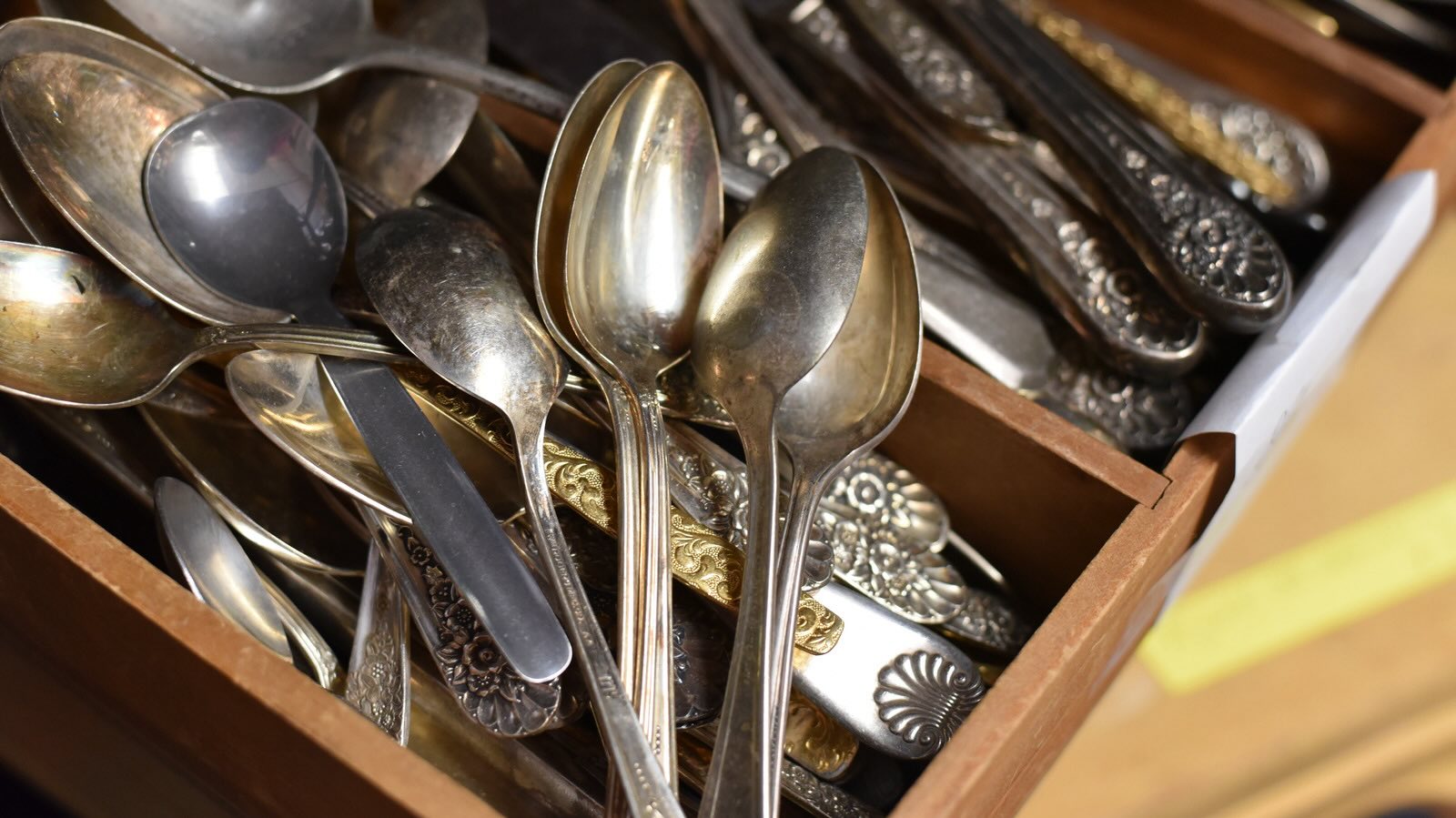

Tableware
How To Store Silverware To Prevent Tarnishing
Modified: January 6, 2024
Learn how to store tableware properly to prevent tarnishing. Follow our tips and keep your silverware looking shiny and new for longer.
(Many of the links in this article redirect to a specific reviewed product. Your purchase of these products through affiliate links helps to generate commission for Storables.com, at no extra cost. Learn more)
Introduction
Welcome to our comprehensive guide on how to store silverware to prevent tarnishing. Whether you have a cherished family silverware set or a collection of antique silver pieces, proper storage is essential to maintain their beauty and prevent tarnish from forming. Tarnishing is a natural process that occurs when silver reacts with sulfur compounds in the air, resulting in a dull and discolored appearance.
In this article, we will explore the factors that contribute to tarnishing, discuss proper cleaning techniques, and delve into the best practices for storing silverware. We will also explore alternative options for tarnish prevention, ensuring that your silverware remains in pristine condition for years to come.
So, let’s dive in and learn how to protect your silverware from tarnish and keep it looking as radiant as the day you acquired it!
Key Takeaways:
- Proper storage and cleaning techniques are essential to prevent tarnishing of silverware. Factors such as air exposure, moisture, and chemical contact can accelerate tarnish formation, so it’s crucial to handle and store silverware with care.
- In addition to proper storage and cleaning, alternative options like anti-tarnish strips, silica gel packs, and varnish application can provide extra protection against tarnishing. Regular maintenance and care are key to preserving the beauty of silverware for years to come.
Read more: How To Store Jewelry To Prevent Tarnish
Understanding Silverware Tarnishing
To effectively prevent tarnishing, it’s important to understand the science behind it. Tarnishing occurs when silver reacts with sulfur compounds in the air, forming silver sulfide on the surface of the metal. This results in a discoloration that ranges from a light golden hue to a dark black tarnish. Understanding the factors that contribute to tarnishing can help you take the necessary precautions to minimize its occurrence.
One of the main culprits of tarnishing is exposure to air and moisture. When silverware is exposed to humid environments, such as a kitchen or bathroom, the presence of moisture in the air accelerates the tarnishing process. Additionally, contact with certain materials, such as rubber bands, wool, or felt, can release sulfur compounds and further contribute to tarnishing.
Another factor to consider is exposure to chemicals. Household cleaning products, perfumes, lotions, and even certain foods like eggs or onions contain sulfur compounds that can react with the silver. Contact with these substances can speed up the tarnishing process and leave your silverware looking dull and unsightly.
Lastly, the amount of use and handling your silverware receives can also contribute to tarnishing. The oils and acids present on our hands can react with the silver, accelerating the tarnishing process. It’s essential to handle your silverware with clean and dry hands to minimize any potential damage.
By understanding these factors, you can take proactive steps to minimize tarnishing and keep your silverware looking pristine.
Factors That Contribute to Tarnishing
Several factors can contribute to the tarnishing of silverware. By being aware of these factors, you can take the necessary precautions to minimize tarnishing and prolong the beauty of your silver pieces.
1. Air and Moisture: Exposure to air and moisture is one of the primary causes of tarnishing. Humid environments can accelerate the reaction between silver and sulfur compounds, leading to the formation of tarnish. It’s important to store your silverware in a dry and controlled environment to reduce exposure to moisture in the air.
2. Contact with Certain Materials: Some materials, such as rubber bands, wool, or felt, can release sulfur compounds that can react with silver. When storing silverware, avoid using these materials in direct contact with the silver to prevent tarnishing.
3. Chemical Exposure: Exposure to chemicals can also contribute to tarnishing. Household cleaning products, perfumes, lotions, and certain foods that contain sulfur compounds can react with the silver and accelerate tarnishing. Avoid exposing your silverware to these substances as much as possible.
4. Handling and Use: The oils and acids present on our hands can cause tarnishing when in contact with silver. Regular use and handling of silverware can contribute to the buildup of tarnish. It’s important to handle your silverware with clean and dry hands to minimize tarnishing.
5. Improper Cleaning Techniques: Using abrasive cleaners or harsh chemicals can damage the protective layer of silver and make it more prone to tarnishing. It’s essential to use gentle cleaning methods specifically designed for silverware to prevent tarnish and preserve the shine.
6. Improper Storage: Improper storage can also contribute to tarnishing. Storing silverware in open air or in contact with other metals can increase the silver’s exposure to tarnish-causing elements. Using appropriate storage solutions can help minimize tarnish formation.
By understanding these factors, you can take proactive steps to minimize tarnishing and maintain the beauty of your silverware collection.
Proper Cleaning Techniques
Regular cleaning is essential to remove dirt, oils, and residues that can contribute to tarnishing. However, it’s important to use proper cleaning techniques to avoid damaging the silverware. Here are some steps to follow for effective and safe cleaning:
1. Hand Washing: For delicate silverware and pieces with intricate designs, hand washing is recommended. Use a mild dishwashing soap and warm water to create a gentle cleaning solution. Avoid using harsh detergents or abrasive cleaners, as they can scratch the silver. Gently scrub the silverware with a soft cloth or sponge and rinse thoroughly to remove any soap residue.
2. Polishing Cloth: To maintain the shine of your silverware, use a specially designed silver polishing cloth. These cloths are made with a gentle polishing agent that helps remove tarnish. Simply rub the cloth on the surface of the silverware in a back-and-forth motion to restore its luster. Avoid using excessive force, as it can cause scratches.
3. Silver Dip: Silver dip solutions are effective for removing heavy tarnish on silverware. These solutions contain a chemical that dissolves tarnish, but they should be used with caution. Follow the instructions provided by the manufacturer and only dip the silverware for a short period of time. Rinse the silverware thoroughly with water after using the silver dip to remove any residue.
4. Baking Soda Paste: For stubborn tarnish or hard-to-reach crevices, you can create a gentle cleaning paste using baking soda and water. Mix a small amount of baking soda with enough water to form a paste. Apply the paste to the tarnished areas, gently rub with a soft cloth or sponge, and rinse thoroughly.
5. Avoid Ultrasonic Cleaners: While ultrasonic cleaners may be effective for some jewelry, they can damage delicate silverware. The vibrations produced by these cleaners can cause the silverware to rub against each other, leading to scratches and damage. It’s best to avoid using ultrasonic cleaners for silverware.
Remember, always handle your silverware with care, use soft materials, and avoid abrasive cleaners to prevent damage while cleaning.
By following these proper cleaning techniques, you can keep your silverware sparkling and free from tarnish.
Store silverware in a tarnish-resistant cloth or anti-tarnish bag to prevent tarnishing. Keep it away from air and moisture, and avoid storing it with rubber bands or plastic wrap.
Choosing the Right Storage Solutions
The proper storage of silverware is crucial to prevent tarnishing and maintain its beauty. When choosing the right storage solutions for your silver pieces, consider the following factors:
1. Anti-Tarnish Lining: Look for storage options that have anti-tarnish lining. These linings are usually made of fabrics impregnated with special compounds that absorb tarnish-causing gases in the air, helping to slow down the tarnishing process. Storage cases, bags, or rolls with anti-tarnish linings provide an extra layer of protection for your silverware.
2. Individual Wrapping: Wrap each silverware piece individually to prevent them from touching each other. This prevents scratches and minimizes the risk of tarnish transfer. You can use soft, non-abrasive cloth or special anti-tarnish paper to wrap each piece before placing them in a storage container.
3. Segmented Compartments: Opt for storage solutions that have segmented compartments. This helps to keep each piece organized and prevents them from knocking against each other, which can cause scratches and damage. Segmented compartments ensure that each piece has its own space, reducing the risk of tarnish and maintaining the quality of your silverware.
4. Airtight Containers: Consider using airtight containers for long-term storage of your silverware. Airtight storage containers create a controlled environment, reducing exposure to air and moisture, which are major contributors to tarnish. These containers provide an additional layer of protection to keep your silverware safe and tarnish-free.
5. Avoid Plastic or Rubber: Avoid storing silverware in plastic bags or containers made of rubber or PVC. These materials can release sulfur compounds that accelerate tarnish formation. Opt for storage solutions made of non-reactive materials such as fabric, untreated wood, or acid-free paper.
6. Display Cabinets: If you prefer to showcase your silverware rather than storing it, consider using display cabinets with glass doors. These cabinets provide a protective barrier against dust and direct contact with air, reducing tarnish formation. However, it’s essential to ensure that the interior of the cabinet is lined with anti-tarnish fabric to maximize protection.
By choosing the right storage solutions, you can create an ideal environment for your silverware, reducing the risk of tarnishing and ensuring its longevity and beauty.
Read more: How To Remove Tarnish From Silverware
Best Practices for Storing Silverware
Proper storage is essential to keep your silverware in pristine condition and prevent tarnishing. Here are some best practices to follow when storing your silverware:
1. Clean Thoroughly: Before storing your silverware, make sure it’s clean and dry. Remove any dirt, food particles, or tarnish using appropriate cleaning techniques mentioned earlier in this article. Cleaning the silverware ensures that no substances are left on the surface that could contribute to tarnishing during storage.
2. Wrap Individually: Wrap each silverware piece individually using soft, non-abrasive cloth or special anti-tarnish paper. This prevents scratching and minimizes the risk of tarnish transfer. Make sure each piece is fully covered and secure the wrapping with a gentle fold or tape.
3. Use Segmented Storage: Store silverware pieces in a segmented storage container or a chest with divided compartments. This keeps each piece separate, minimizing the chances of them knocking against each other and causing scratches or damage. Ensure that the compartments are lined with anti-tarnish fabric for additional protection.
4. Avoid Excessive Handling: Minimize handling your silverware unnecessarily. Frequent handling can transfer oils and acids from your skin onto the silver, accelerating tarnish formation. When handling silverware, use clean and dry hands or wear cotton gloves to protect against oils and fingerprints.
5. Store in a Controlled Environment: Choose a storage location with stable temperature and humidity levels. Extreme temperature fluctuations and high humidity can promote tarnish formation. Avoid storing silverware in areas such as attics, basements, or areas prone to dampness. Instead, opt for a cool and dry location, such as a climate-controlled room or a dedicated silver storage cabinet.
6. Regularly Check and Clean: Periodically check on your silverware to ensure there are no signs of tarnish or damage. If tarnish is present, gently clean the silver using the appropriate cleaning techniques. Regular inspection and cleaning help maintain the quality and appearance of your silverware.
7. Maintain a Dust-Free Environment: Dust can accumulate on silverware and contribute to tarnishing. Keep the storage area clean and free from dust by regularly dusting the shelves, cabinets, or containers where your silverware is stored. Consider using a soft, lint-free cloth or a feather duster to gently remove any dust buildup.
By following these best practices for storing silverware, you can protect your cherished pieces and maintain their beauty for generations to come.
Alternative Options for Tarnish Prevention
In addition to proper cleaning and storage techniques, there are alternative options you can consider to further prevent tarnishing and keep your silverware looking its best:
1. Silica Gel Packs: Silica gel packs are commonly used to absorb moisture and maintain a dry environment. Place a few silica gel packs in your silverware storage area or container to help reduce humidity and minimize tarnish formation.
2. Anti-Tarnish Strips: Anti-tarnish strips are a simple and effective way to prevent tarnishing. These strips are impregnated with chemicals that absorb tarnish-causing gases. Place an anti-tarnish strip in your silverware storage container or wrap it with silverware to create a protected environment and slow down tarnish formation.
3. Chalk: Chalk can act as a natural absorbent for moisture and can help prevent tarnishing. Place a few pieces of plain white chalk in your silverware storage area to help maintain a dry environment and reduce tarnish formation.
4. Anti-Tarnish Bags: Anti-tarnish bags are specially designed to provide a protective barrier against tarnish-causing elements. These bags are made of fabric impregnated with anti-tarnish agents. Place your silverware in these bags before storing them to create an additional layer of protection against tarnish.
5. Varnish or Lacquer: Applying a thin layer of clear varnish or lacquer to your silverware can create a barrier between the silver and the air, preventing tarnishing. However, this method should be used with caution, as it can alter the appearance of your silverware and may require periodic reapplication.
6. Display Under Glass: If you display your silverware, consider using glass display cases to protect them from dust, humidity, and direct exposure to air. Glass cases provide a controlled environment that helps preserve the quality and shine of your silverware.
7. Use Anti-Tarnish Products: There are various anti-tarnish products available in the market, such as anti-tarnish cloths, papers, and sprays. These products are designed to absorb tarnish-causing substances and protect your silverware. Follow the instructions provided by the manufacturer for best results.
It’s important to note that while these alternative options can help prevent tarnishing, they may not completely eliminate the possibility. Regular cleaning and proper storage should still be practiced in conjunction with these methods to maintain the beauty of your silverware.
By employing these alternative options for tarnish prevention, you can give your silverware an extra layer of protection and prolong its shine and luster.
Conclusion
Proper care and storage are crucial in preserving the beauty and luster of your silverware and preventing tarnishing. By understanding the factors that contribute to tarnishing and implementing the right techniques, you can enjoy your silverware for years to come.
Start by understanding the science behind silverware tarnishing and the various elements that can accelerate this process. Factors such as exposure to air, moisture, certain materials, chemicals, and improper handling can all contribute to tarnish formation. Being aware of these factors allows you to take proactive steps to minimize tarnishing.
Proper cleaning techniques, including hand washing, using silver polishing cloths, and avoiding abrasive cleaners, are essential to maintain the shine of your silverware. Remember to handle your silverware with care, using clean and dry hands or cotton gloves to minimize oil and acid transfer.
Choosing the right storage solutions is equally crucial. Opt for options with anti-tarnish lining, segmented compartments, and airtight containers to protect your silverware from air, moisture, and contact with other materials. Individual wrapping of each piece and regular inspection and cleaning are also important practices to adopt.
If you’re looking for additional tarnish prevention options, consider using silica gel packs, anti-tarnish strips or bags, chalk, varnish or lacquer, or displaying your silverware under glass. These methods can provide an extra layer of protection against tarnish-causing elements.
In conclusion, by following the best practices for cleaning, storing, and using alternative tarnish prevention methods, you can keep your silverware in excellent condition and retain its beauty for years to come. Remember, regular maintenance and care are key to ensuring the longevity of your cherished silverware collection.
So go ahead, give your silverware the care and attention it deserves. Preserve its elegance, and continue to enjoy the timeless beauty it brings to your dining table or display cabinet.
Frequently Asked Questions about How To Store Silverware To Prevent Tarnishing
Was this page helpful?
At Storables.com, we guarantee accurate and reliable information. Our content, validated by Expert Board Contributors, is crafted following stringent Editorial Policies. We're committed to providing you with well-researched, expert-backed insights for all your informational needs.
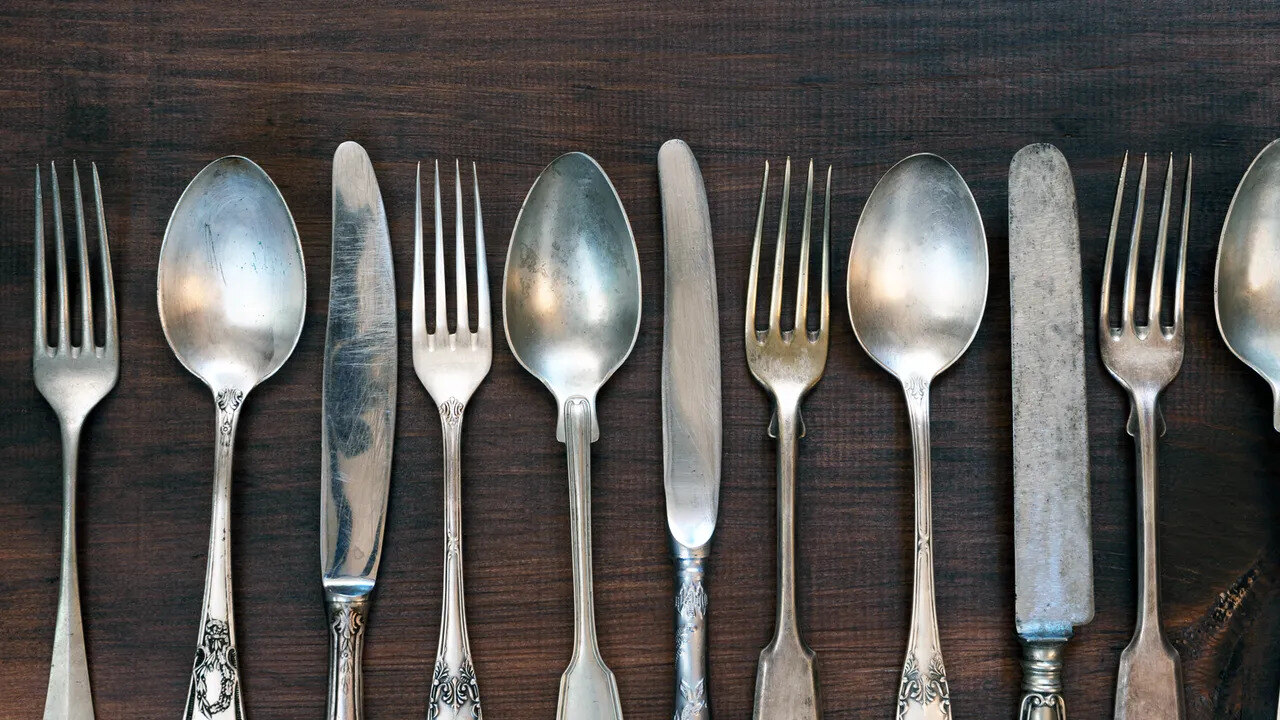
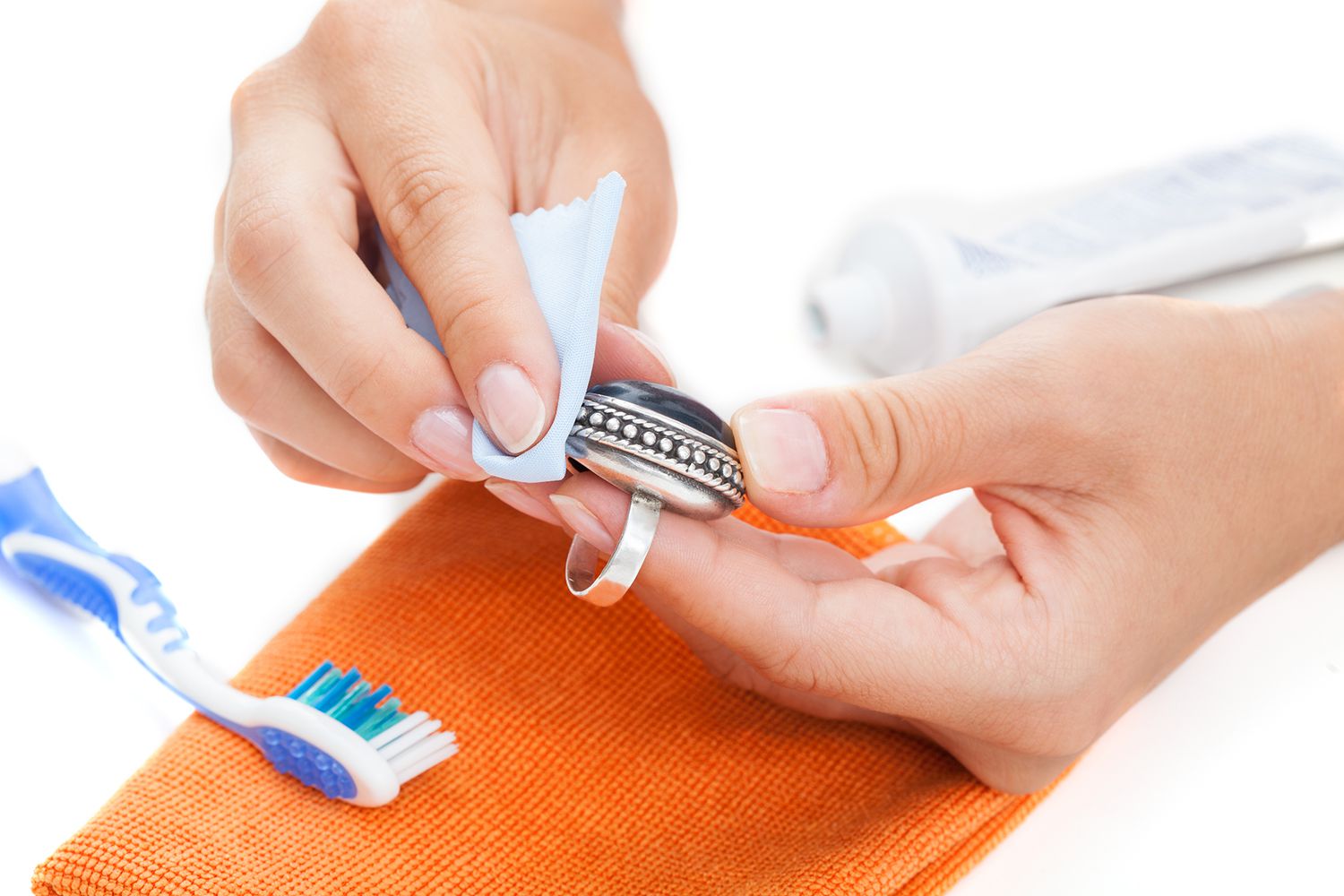
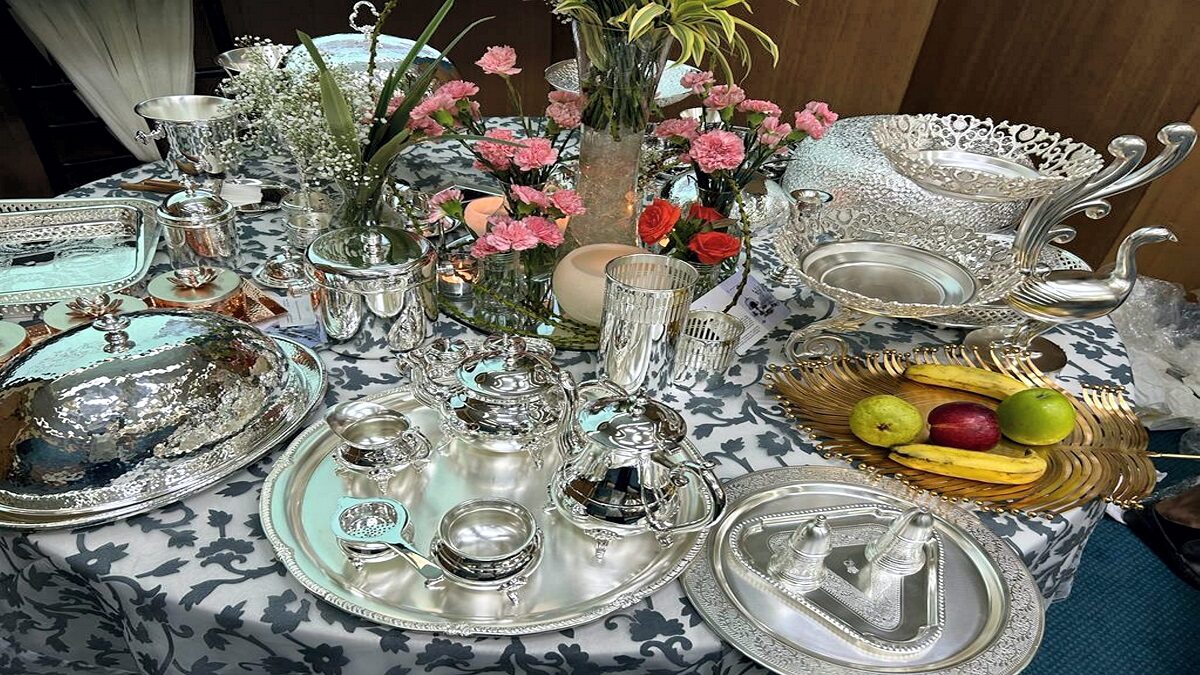
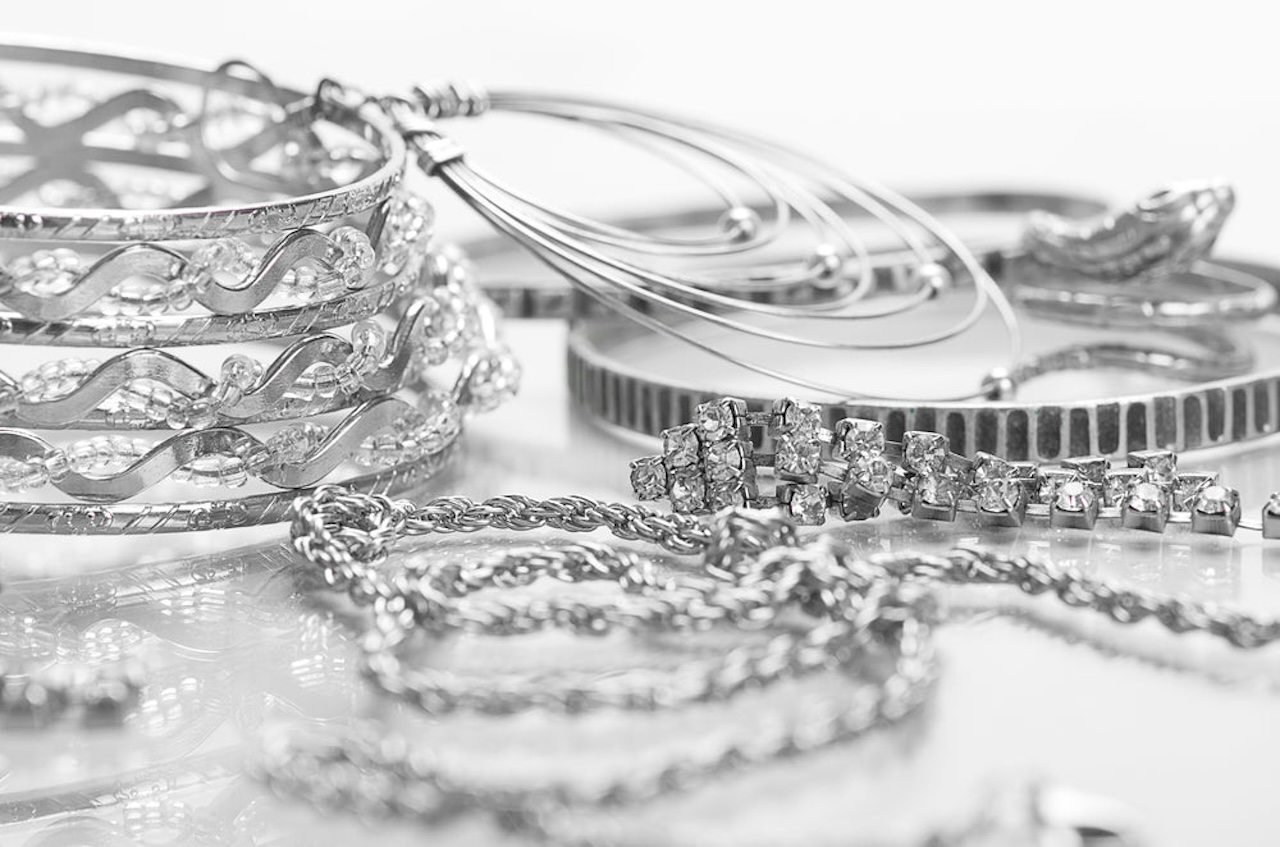
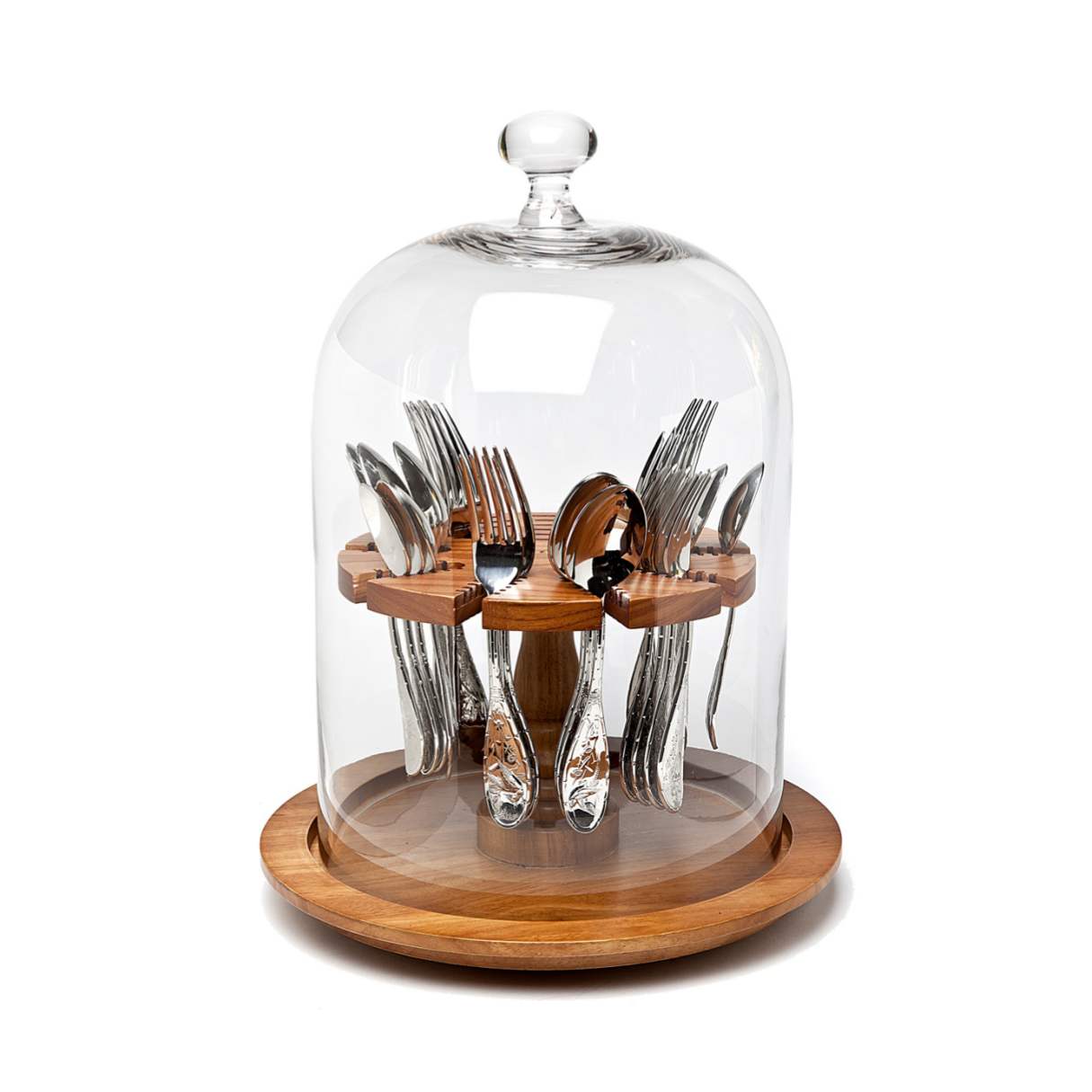
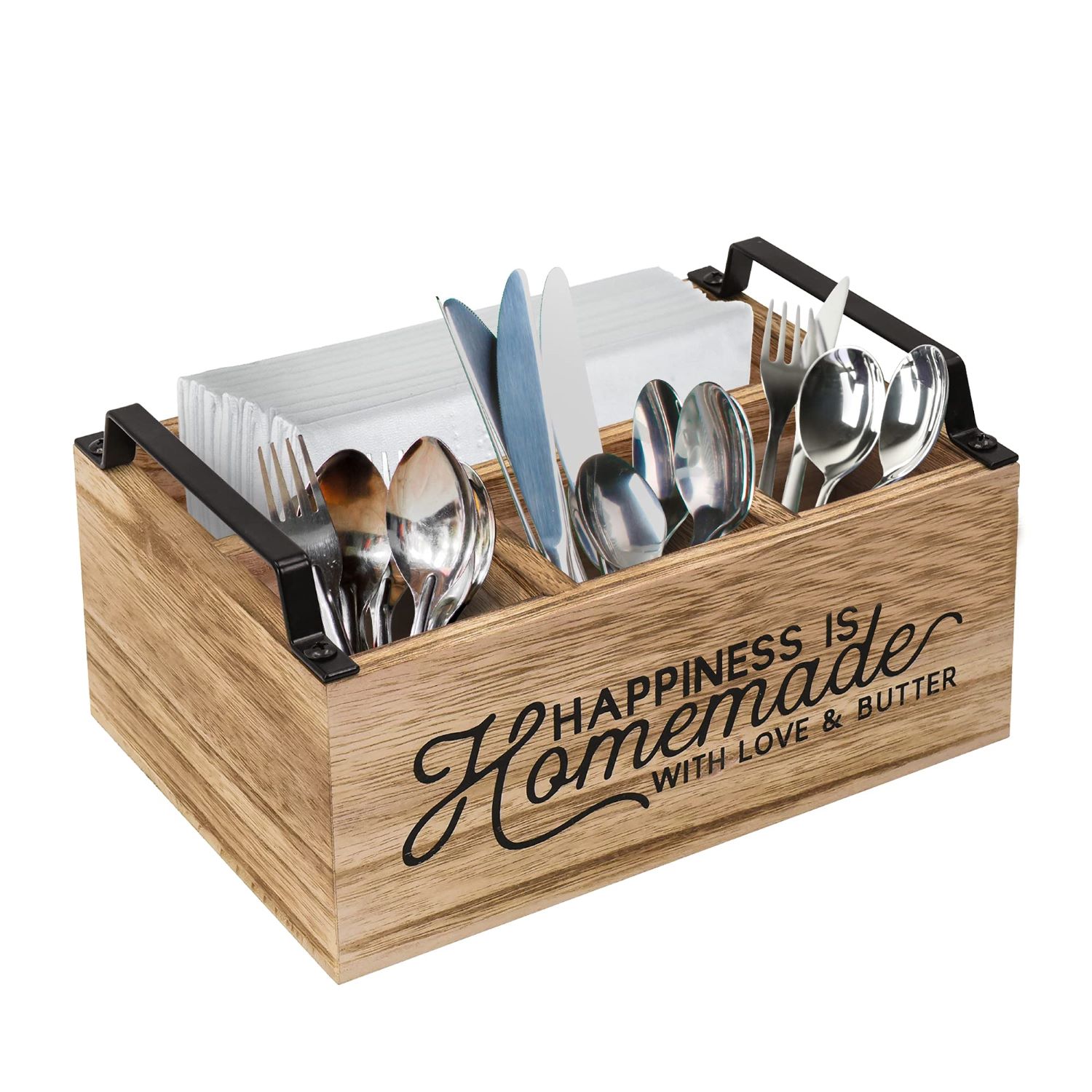
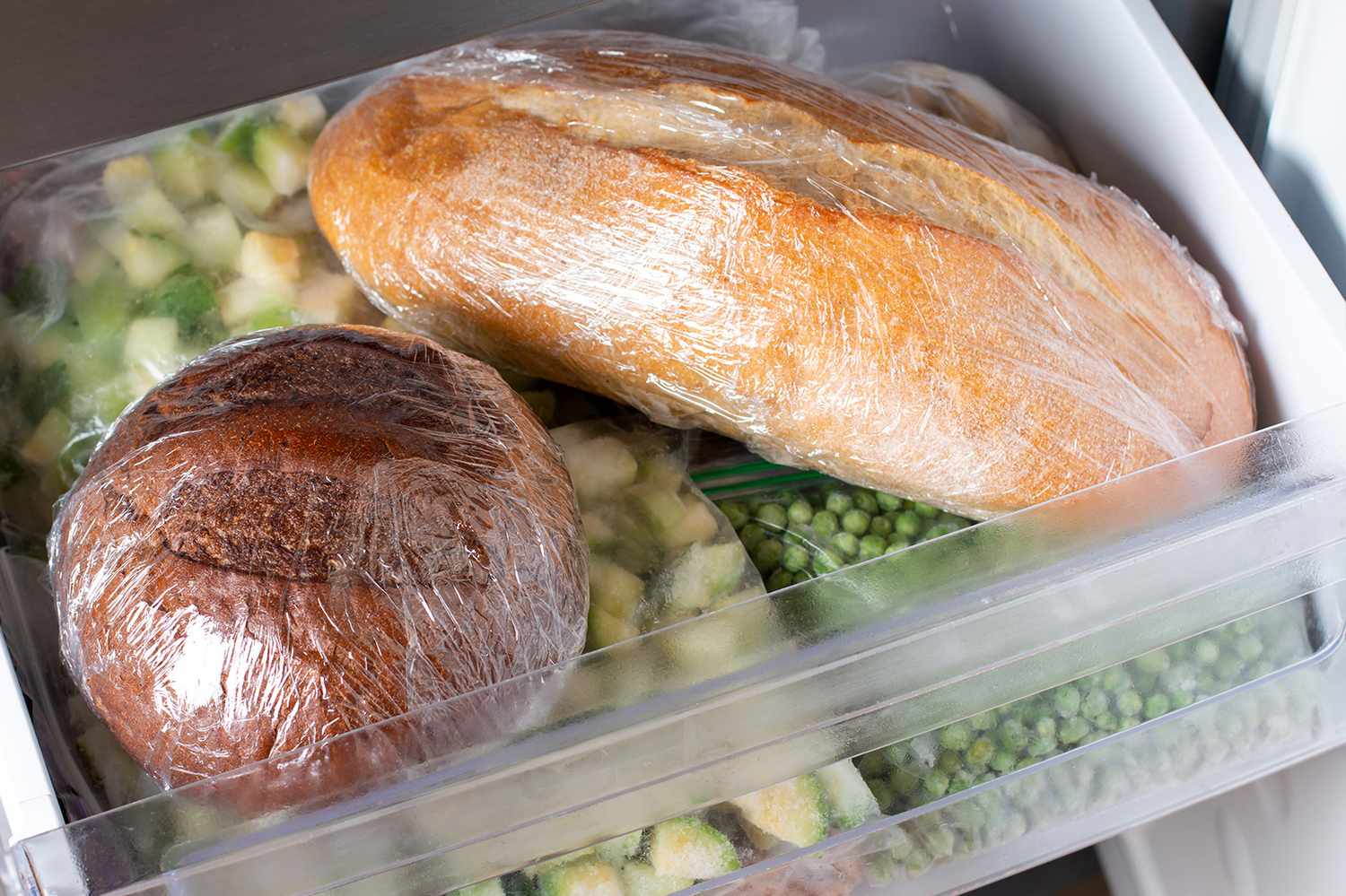
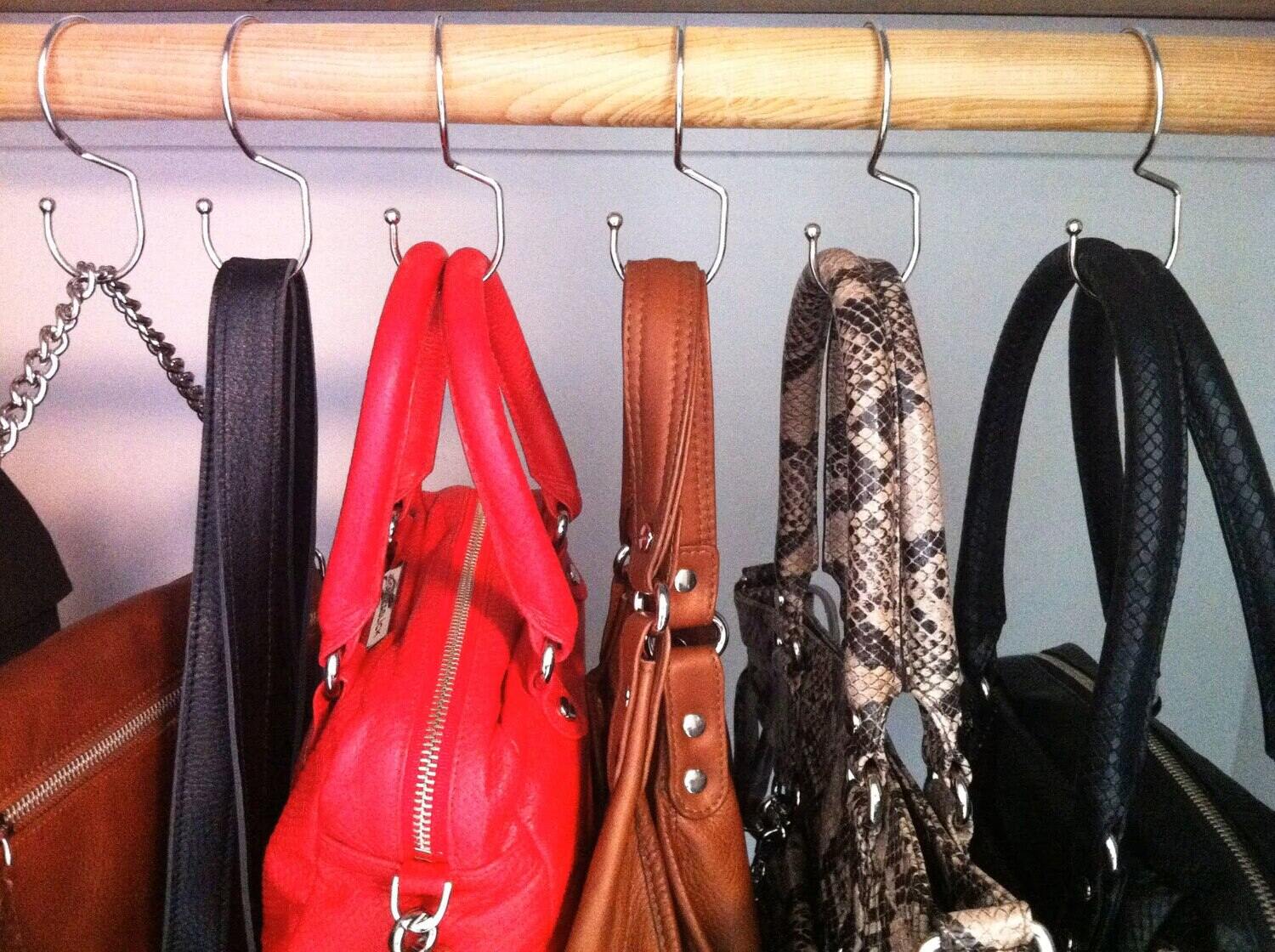
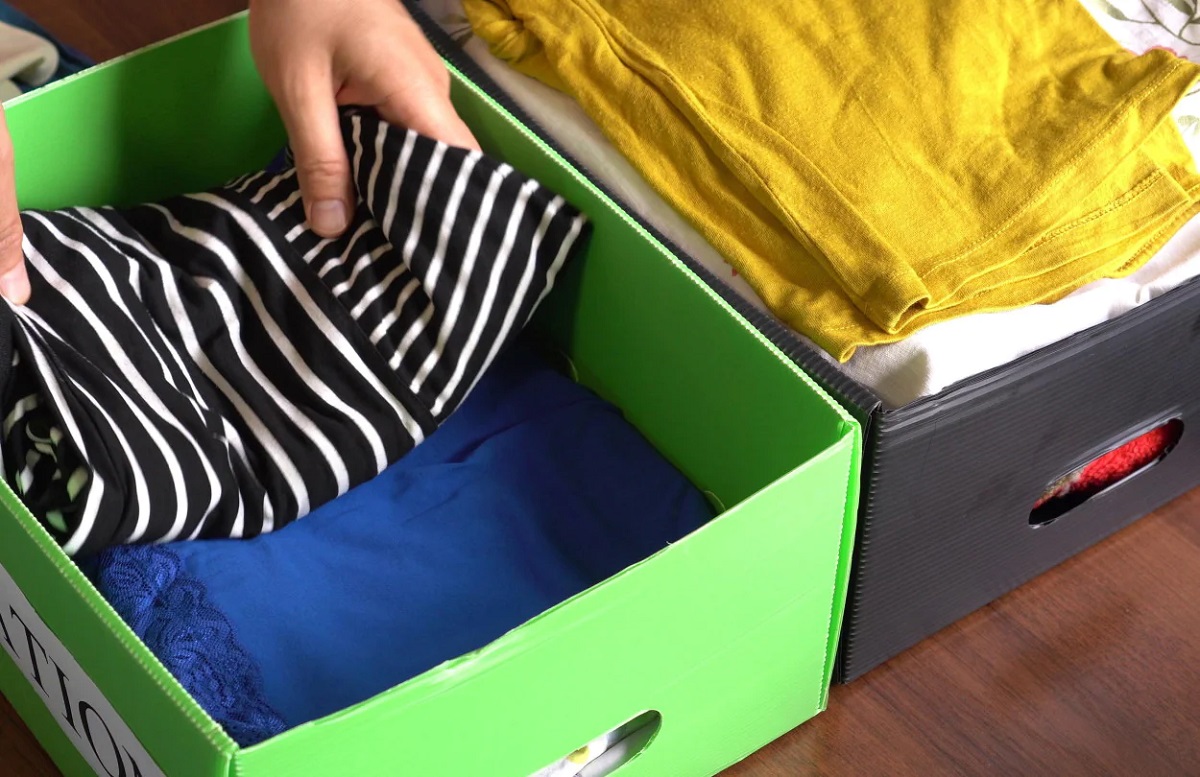
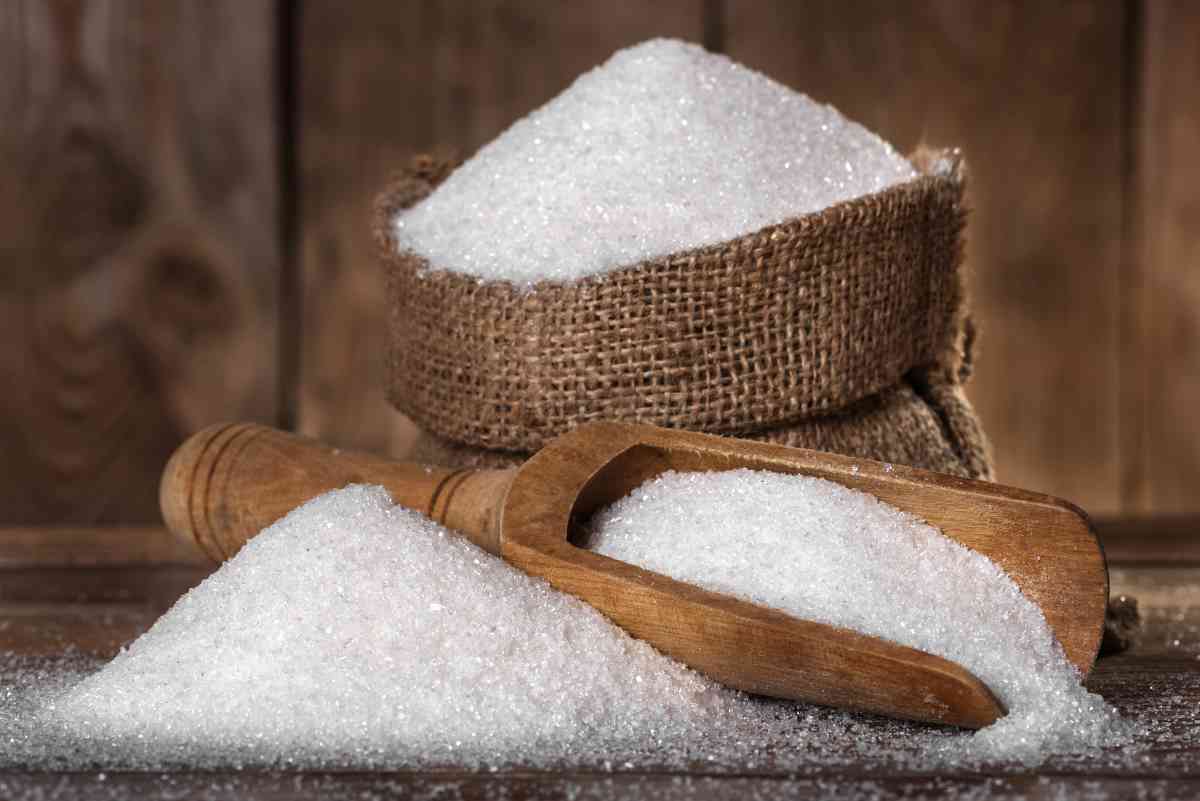
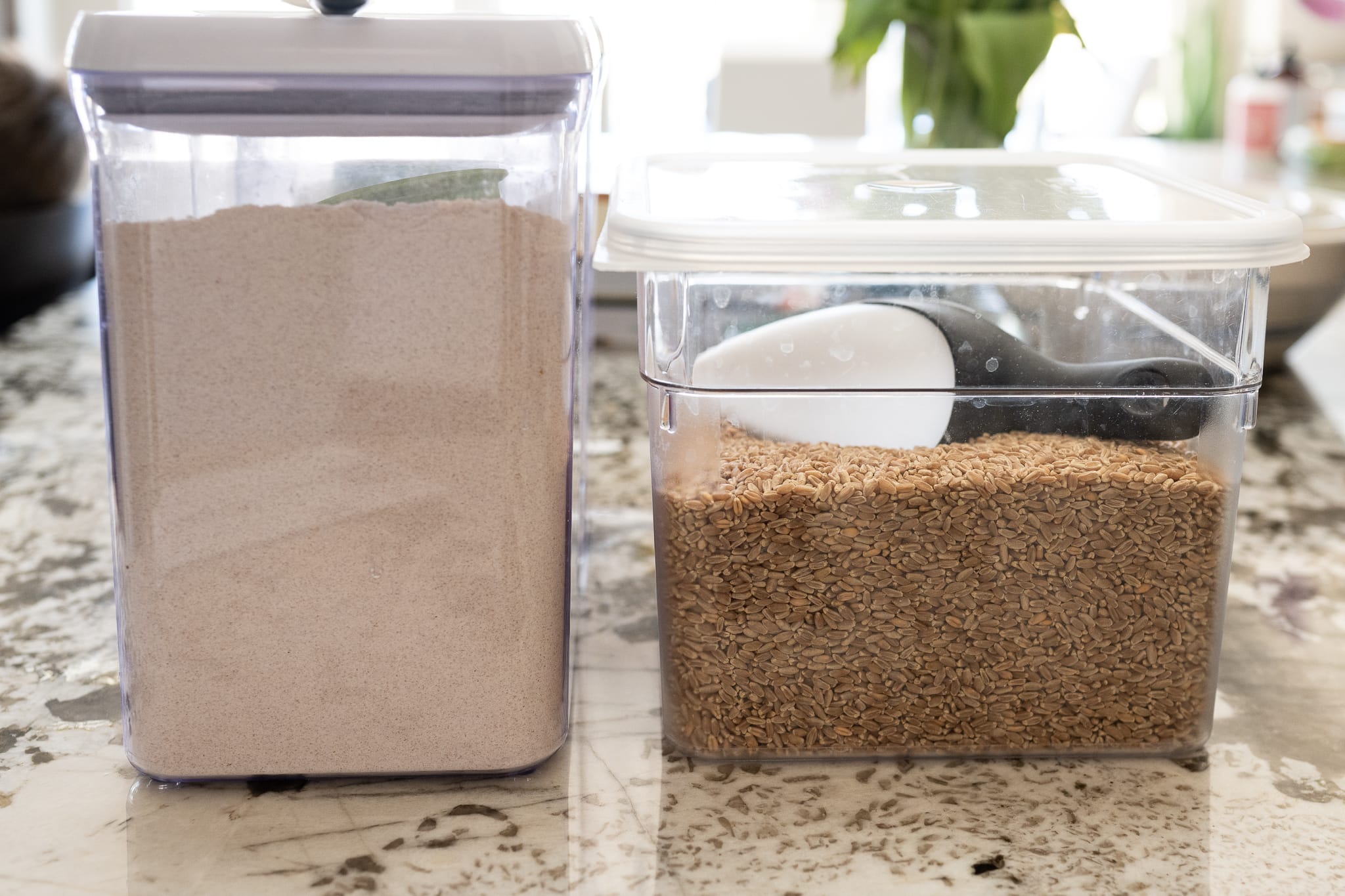


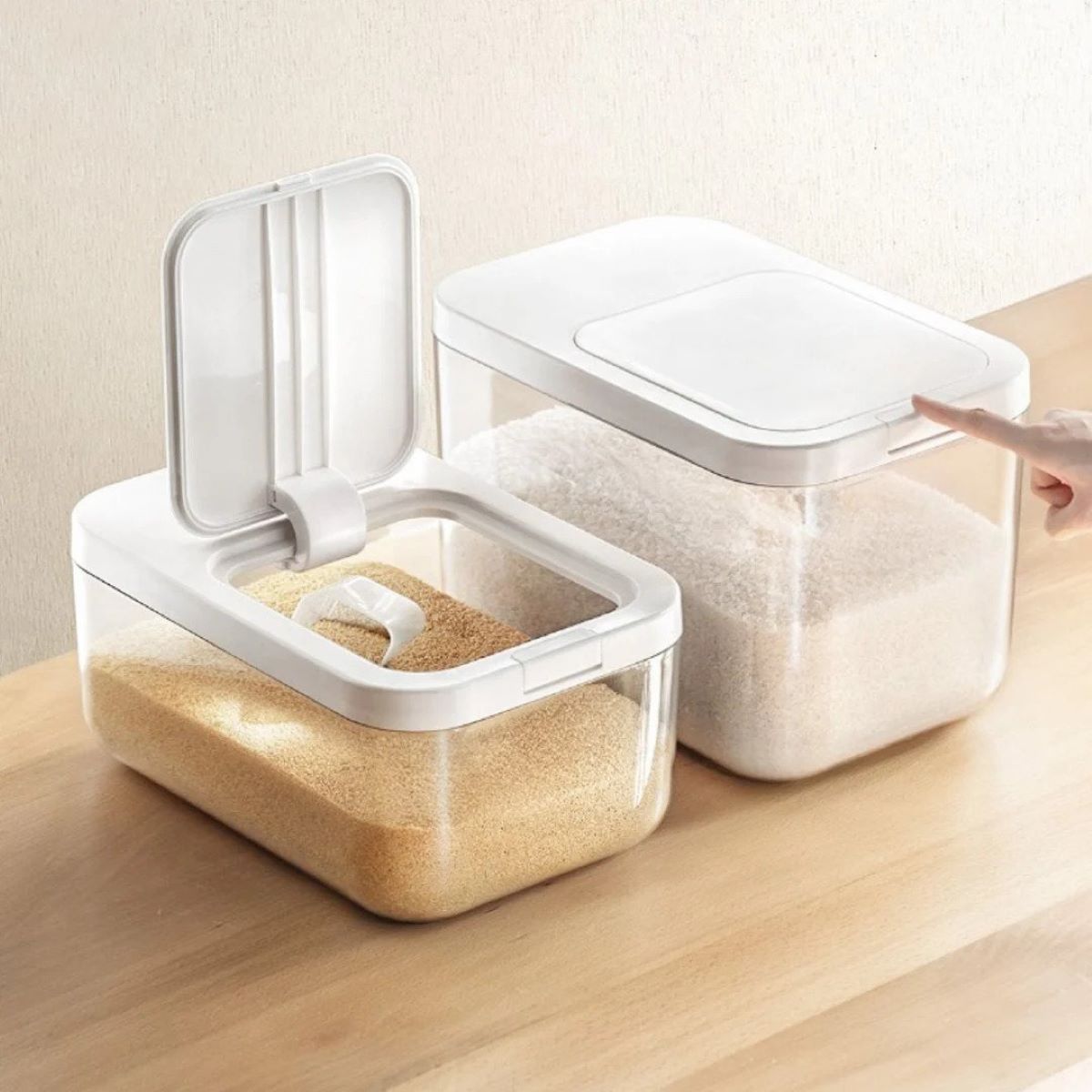

0 thoughts on “How To Store Silverware To Prevent Tarnishing”